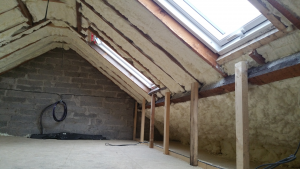Attic Spray Foam Insulation Johnstown
3 Bed Semi Attic Insulation Johnstown
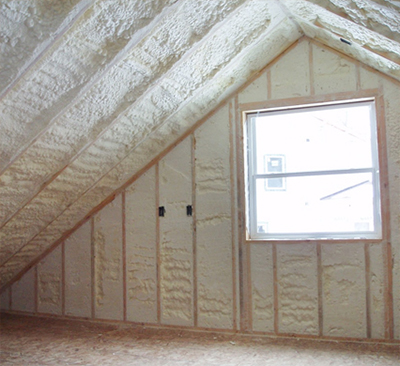
Attic Insulation Johnstown
Spray foam is versatile and can be used for a wide variety of purposes. Spray foam can be used on roofs, windows and attics as well underfloor heating systems and interior and external walls.
Spray foam insulation will not only keep you home warm in winter, but will also keep it cool during the summer. Because of its “Cell” structure and composition, it allows moisture-laden air to escape. This helps the house breathe.
Benefits of Spray Foam Insulation for your home
Other applications include commercial and industrial buildings, agricultural farm houses, warehouses, commercial and industrial buildings as well as shipping containers, vessels and the refrigeration industry.
It creates an airtight barrier around your home, keeping out rain and cold winds. It allows the heat from your home to escape, which is what most other insulating products today fail to do.
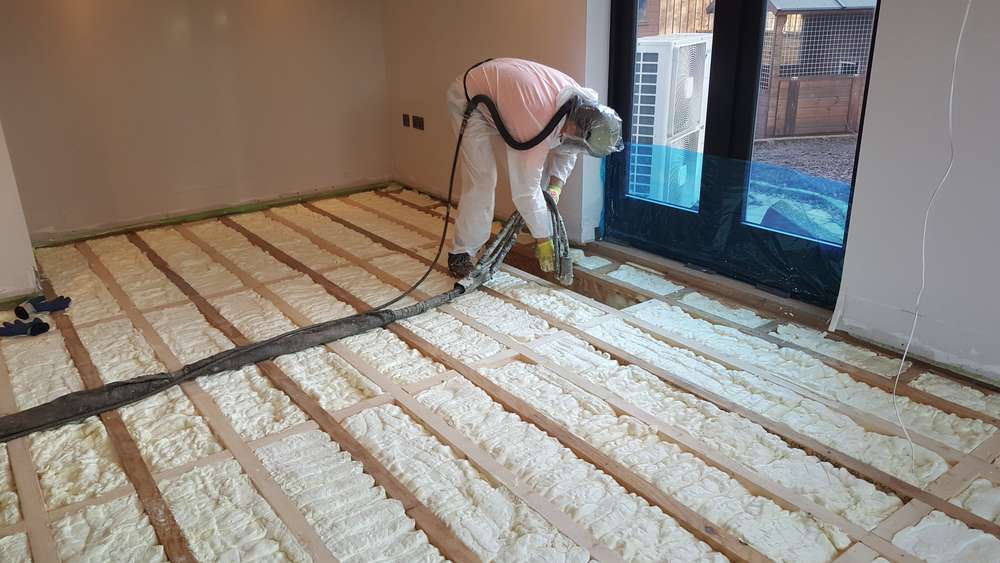
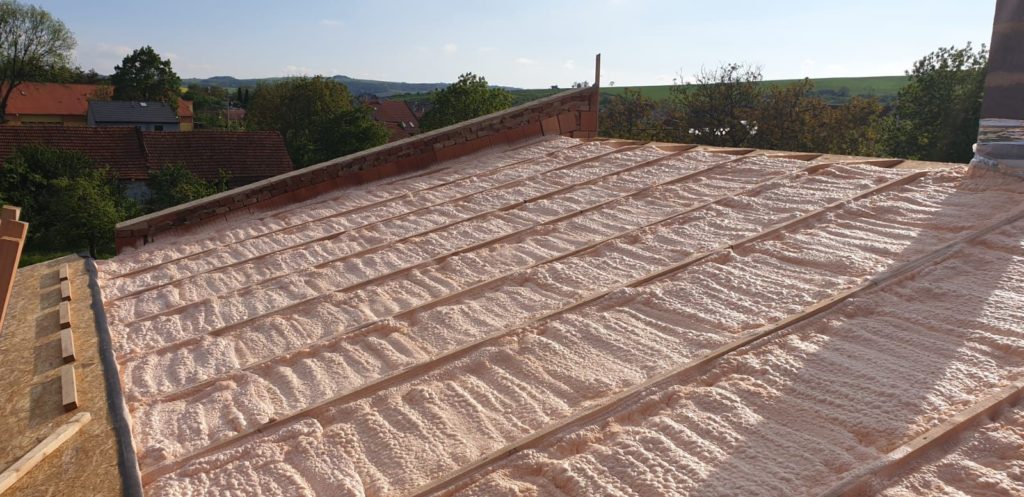
Cost Price Of Spray Foam Insulation
Spray foam insulation has proven to be the most effective insulation material on the market today. It is more efficient than traditional insulating materials like fiberglass, rock wool and cellulose.
Spray foam insulation is excellent as a sound barrier. It reduces outside noise by up to 50%. This is particularly beneficial if the home or business is located near an airport or densely populated city.
Insulate Your Johnstown Property Properly
It’s commonly used to block sound from traveling between rooms or floors. It is ideal for bathroom walls as noises from the toilet and showers can often be irritating.
It is simple to use and won’t cause any disruption to daily life.
In just one day, you can insulate an Irish home.
It reduces the noise of in-wall and under-floor pipes by encasing them and isolating them.
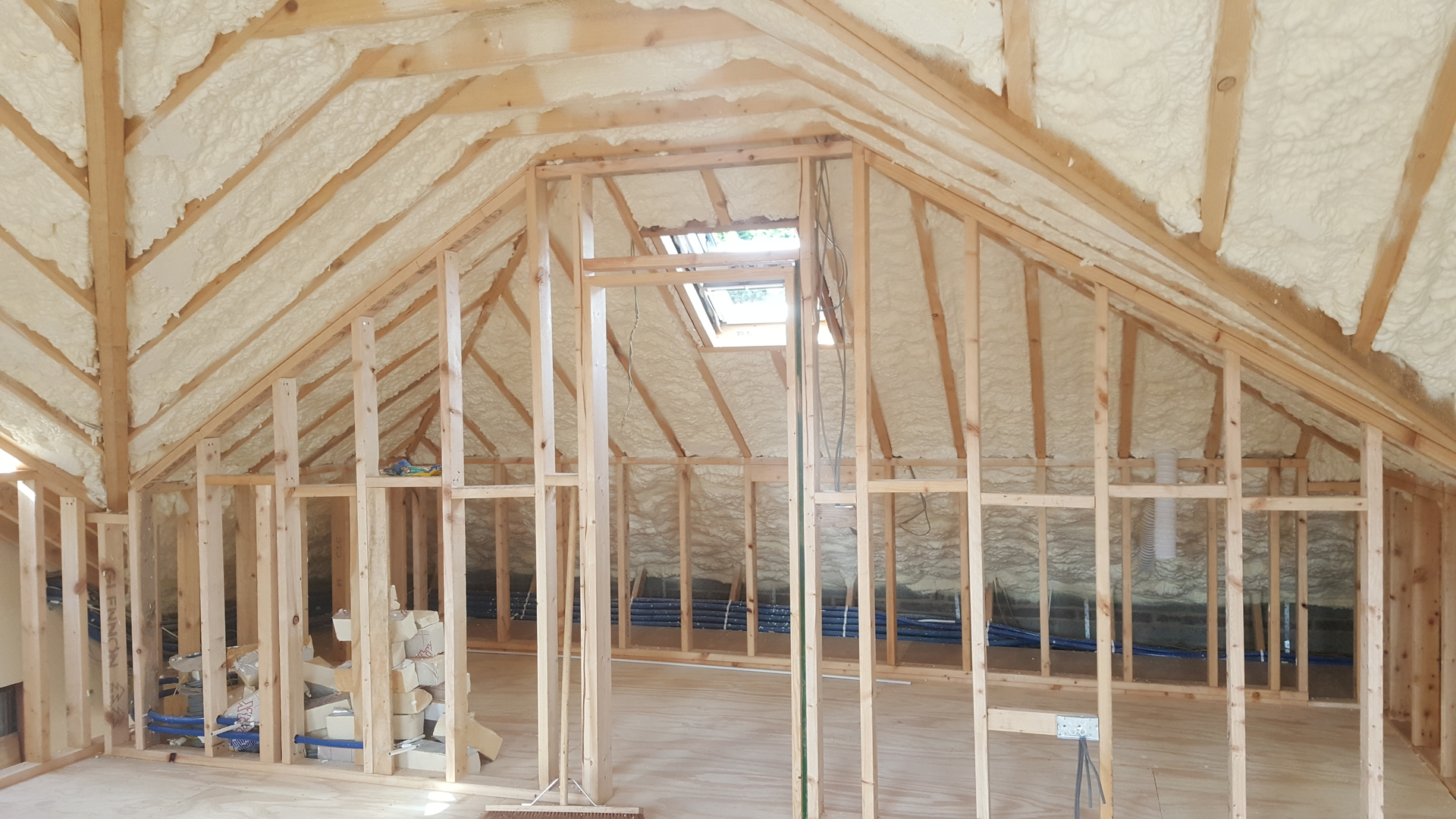
You will need to cover the joists with boards if you intend to store items in the attic or loft. Insulation will not be thick enough if you insulate only between the joists.
It reduces sound transference by up to 50% when used in walls, attics and roofs. Its dense composition, and its application process results in an envelope that is completely airtight. It stops sound infiltration from the outside environment such as traffic or pedestrianised streets.
Spray foam insulation also stops sounds from within a structure being transmitted to floors below, above, or into adjacent rooms. Spray foam insulation can dramatically reduce noise levels in structures by reducing the frequency of certain noises such as talking, hair dryers and telephones, computer printers and office computers, washing machines, running showers and clothes dryers.
Spray foam insulation, which is flexible and packed with millions of tiny air bubbles, absorbs vibrations from the floor and wooden members. It also inhibits sound transfer through the floor. Spray foam insulation reduces sound transmission by sealing any cracks or crevices that airborne noises can travel through.
Spray foam insulation can also dampen, if not completely eliminate, sounds from floors such as water moving through pipes. It completely surrounds the pipes, keeping them in place and preventing them from rattling. It also prevents hot water from flowing through the pipes, which can cause the wooded beams to creak, crackle and expand.
It also stops heat from escaping to the upper levels, which makes the lower floors cooler and requires more heat to keep them warm.
If the loft is accessible and free from damp or condensation, insulation should be simple. In many cases, you can do it yourself.
Uninsulated homes let 25% of their heat go through the roof. Insulating your loft or attic is a great way to cut heat loss and save money on heating.
If you have access to your loft joists and it is easy to use, mineral wool insulation rolls can be used. The insulation is first laid between the horizontal beams, or joists, that make up the loft floor. Next, another layer is laid at right angles so the insulation can be covered to the desired depth.
You can raise your floor to provide enough insulation. You can either fit timber battens between the joists or buy plastic legs that are specifically designed to fit the joists. To prevent condensation from forming on the boards’ undersides, it is important to ventilate the air gap between insulation and boards.
You should not squash the mineral wool while you place the boards on top. This will decrease its insulation value.
Insulation stops heat from escaping to living spaces. If your loft is not cool enough, it could make existing damp or condensation worse. Loft insulation can be done by the homeowner, but you might need to increase the ventilation.
You can also insulate the loft by fitting insulation between the rafters. These are the sloping timbers that form the roof. You have two options: rigid insulation boards that are carefully cut to your specifications or foam insulation spray between the rafters.
Some companies will offer to spray insulation directly on the roof, without having to first fix the problem. This is not something that we recommend. Before you add insulation to your roof, make sure it is in good shape.
If you plan to use your loft for heating, you’ll need to make a room in the roof.
If you’re planning on using your loft as a living room, or it’s being used already, make sure all walls and ceilings that divide a heated and unheated space have insulation.
To keep your home fresh, dry, and healthy, air must flow in and out. Good installers will ensure that there is no obstruction or sealing of any inadvertent ventilation. When DIY insulation is done, ensure that you don’t cover any vents grilles or airbricks.
If the loft is not easy to access, a professional can install blown insulation. This specialist will use special equipment that can blow insulation into difficult spaces. They may use mineral wool fibres, treated cellulose foam or polyurethane.
Flat roof insulation could help you save similar heating bills as loft insulation. The extent of the flat roof on your property will impact how much savings you receive.
If the loft is accessible and not covered by a flat roof or damp, you may be able to insulate the loft yourself. A professional installer is required for cases where damp problems are present or complex insulation systems are needed.
Cold draughts could be caused by the cooler loft air. This can be prevented by installing an insulated hatch in your loft and putting strips of draught-exclusion material around the hatch edges.
Insulating your ground-floor is a great idea to keep your property warm and lower your energy bills.
Insulating your loft is a great way to cut down on heating costs and save energy. It also keeps the home warm in winter. Even if your loft already has insulation, you need to ensure that it is effective.
Loft floor rolls are the traditional choice. These roll out along the loft floor. They are less difficult to lay than insulated boards. They can be purchased as either loose (blanket), or encapsulated (blanket), and can be used to make both top and base layers. You can use stilts or boards to board them. This will create a raised platform that is suitable for storage.
These are not recommended items or tips that were included in the list of tools and materials. Make sure you read the entire article to ensure you are fully equipped to insulate your loft floor safely.
Even though insulation is often present in homes, some may not be effective. This could happen if the insulation isn’t topped up regularly or has been compressed by storage board. It is possible for loft floors to be as low as 25mm (deeper) in older properties.
It doesn’t have to be removed from your loft floor insulation. To reach the recommended level, simply add one or more layers to it. We will discuss how much to recommend in the next section.
Your loft floor’s joint spacings will affect the width of the roll. This is because insulation is rolled between these joints. We recommend selecting one that is close to your joist spacing. It will reduce the need to trim.
The insulation’s required thermal resistance. You can also measure the insulation’s thickness using a faster method if you’re only installing loft rolls. For more information, see the section ‘How do I calculate the thickness of loft floor insulation?
Areas We Service
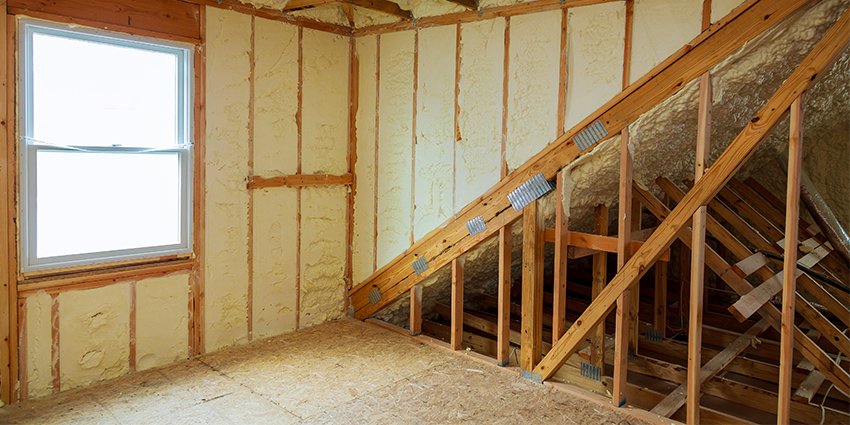

Parkhill, Dublin
01 5255297
